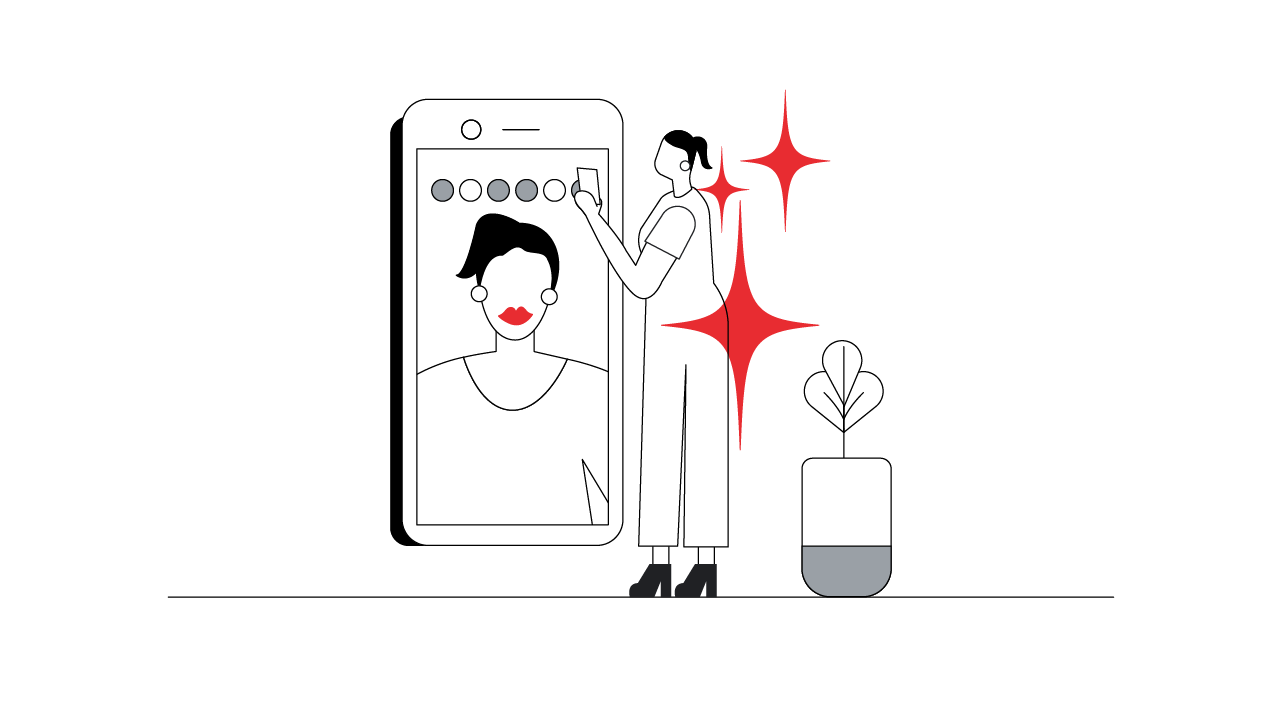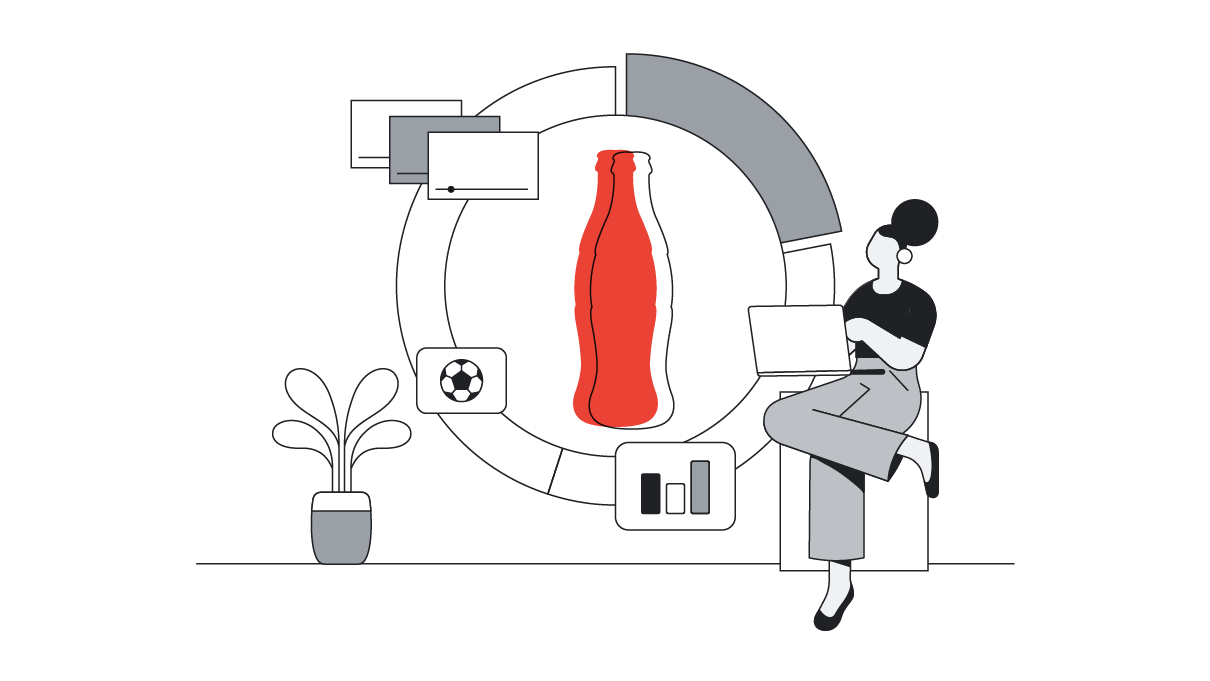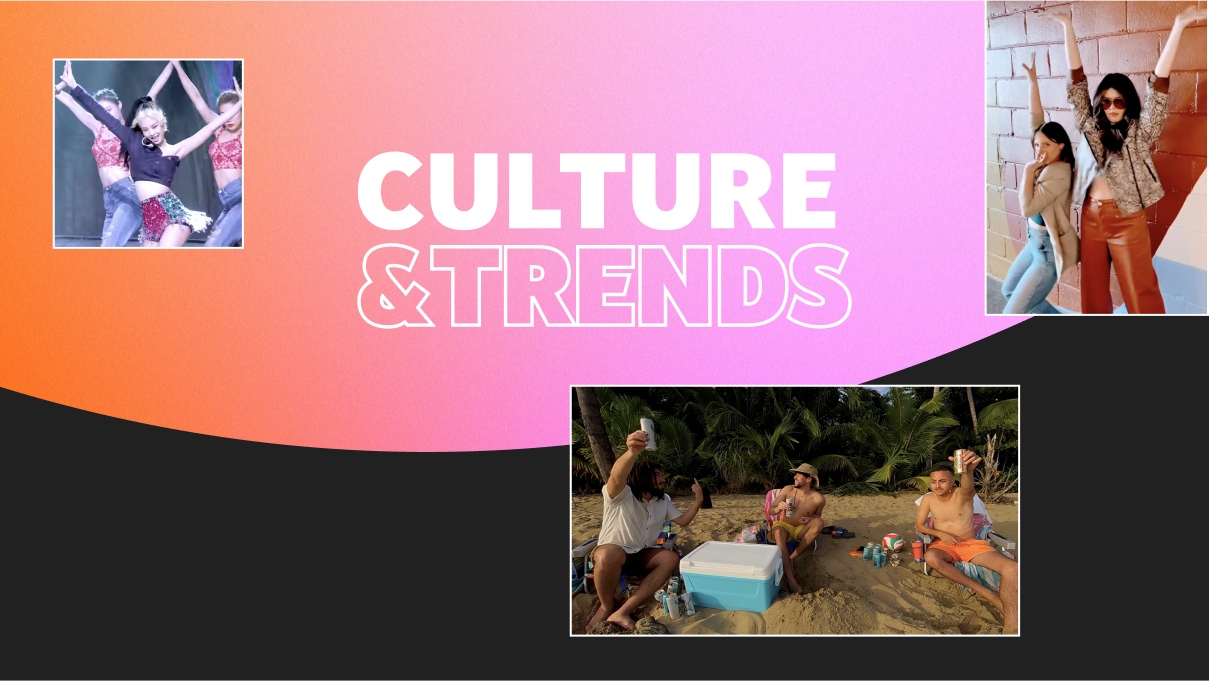With Ramadan fast approaching, it’s a good time to reflect on how video content is evolving during the holy month — and what people will be looking for in 2024.
This year’s YouTube Culture & Trends report covers insights from 14 countries, including Saudi Arabia and Egypt. By analysing hundreds of trends, we were able to determine how creators are using creative tools and technologies to take pop culture in inspiring new directions.
These are the top three trends likely to shape Ramadan content next year:
1. The fandom phenomenon influences video content
During Ramadan, people immerse themselves in their digital passions and communities, making more time for the things they love. On the back of that, fandom — the passion for a specific interest, community, or genre — is a trend we’ve also seen expanding, resonating with people who value deeper connections during the holy month.
Today, there are tiers of fandom, from the casual fan to the super fan. At its highest level, fandom is responsible for a surge in the creation of supplementary, fan-made content around a specific moment. In fact, 54% of people say they’d prefer to watch creators breaking down a major event — like the Oscars or Grammy Awards — rather than watch the event itself.1
Other examples of supplementary content might include short-form videos that call to fans to respond to an aspect of an original piece of content, or point out ‘Easter eggs’ — sneaky hidden messages or images in videos relating to a moment. These videos can be further amplified by remixes — mashing up multiple sources of video, audio, or stills — and other engagement with original content.
Fan reactions — where popular media is dissected and discussed — are also central to the viewing experience. Like in this reaction video featuring creator Fatoom Dababneh watching South Korean boyband BTS’s last concert with other fans:
What this means for marketers: Creators are fully aware of how their fan base will interact with their content and take it into consideration from the get-go. To make the most of this trend, brands should be doing the same. During Ramadan, that means creating content around popular trends, planning how people will engage with those trends, and releasing supplementary content where it makes sense.
2. Videos made to great (personal) effect
Popular culture is no longer one-size-fits-all — especially during Ramadan. Today, people gravitate towards niche content that’s more meaningful to them. And they want to explore that content conveniently across multiple screens, with 87% of people saying they’ve watched at least four content formats that YouTube offers over the past 12 months.2
This — paired with the fact that 60% of viewers describe YouTube content as personally meaningful to them, and 45% say the platform lets them explore their passions and views3 — has given rise to people expecting brands and creators to personalise their video content.
Personalisation can be as simple as honing in on a specific Ramadan trend. For example, creator DawoodSavage made an Eid-prayer-in-Roblox video which paired spirituality with the virtual gaming universe, Roblox, appealing to gamers who partake in the holy month. But brands can also level up their personalisation.
A study in (dialled up) personalisation success from Coca-Cola Arabia
Coca-Cola Arabia used personalisation to great effect for their World Cup campaign last year, collaborating with YouTube comedy creator Mohammed Shamsi.
The brand worked with Google to do an analysis of the top search trends in Saudi Arabia. They created one base video — featuring Shamsi — as the base for 32 personalised videos, with the top search trends helping define the final topics.
For example, this ad was used to reach “home and garden enthusiasts”. Another ad shares the same overall message but swaps out visuals and messaging to match the interests of “thrill seekers”.
Not only did this personalised campaign achieve a video view-through rate of 46% versus the 30% planned, but the brand also saved 42% on their planned cost-per-view bidding budget.
What this means for marketers: As the content landscape becomes more fragmented, it can be harder for brands to reach larger groups of people using the same video. That’s why it’s important to tap into the opportunity of personalisation, which can make it easier for brands to focus on — and reach — people on an individual level.
3. The AI revolution has reached video too
The recent and rapid advancement of AI is influencing not just how content is made, but also the content itself. We’ve started seeing this reflected during Ramadan, with AI tools actively shaping creative ideas and topics. And 60% of people surveyed agreed they’re open to watching content from creators who use AI to generate their content.4
We can see this come to life in this video by creator Rayan Shaded, in which AI not only determines what he should eat for iftar, but also helps him create the intro for his video:
V-Tubers, or virtual YouTubers, are video creators who use virtual avatars generated by AI. They’re another prime example of how AI is expanding content creativity, with 52% of people saying they’ve watched a V-Tuber over the past 12 months.5
AI is also influencing the video production process. Generative AI and AI models, like Gemini, are capable of producing text, images, and more. And AI-powered creative management and video production tools, like Ads Creative Studio and YouTube Create, can help creators and brands produce animations and edit content in hours rather than days or weeks.
What this means for marketers: AI is no replacement for human ingenuity, so marketers still need to be in the driver’s seat. When AI and marketers work together, brands can more easily expand on more complex and ambitious creative ideas. They can also bring ads and other content to life at a greater speed and with a higher production value than before, more effectively optimising ads, and scaling them quickly across platforms.
We’ve got more Ramadan inspiration for you. Discover three easy-to-action marketing tips to help your ads stand out, learn how to own the online video moment during the holy month, read how a Saudi charity used AI to raise millions of dollars for orphans, and understand how Christian Dior Parfums used augmented reality ads to reach more than 4 million people over Eid.






